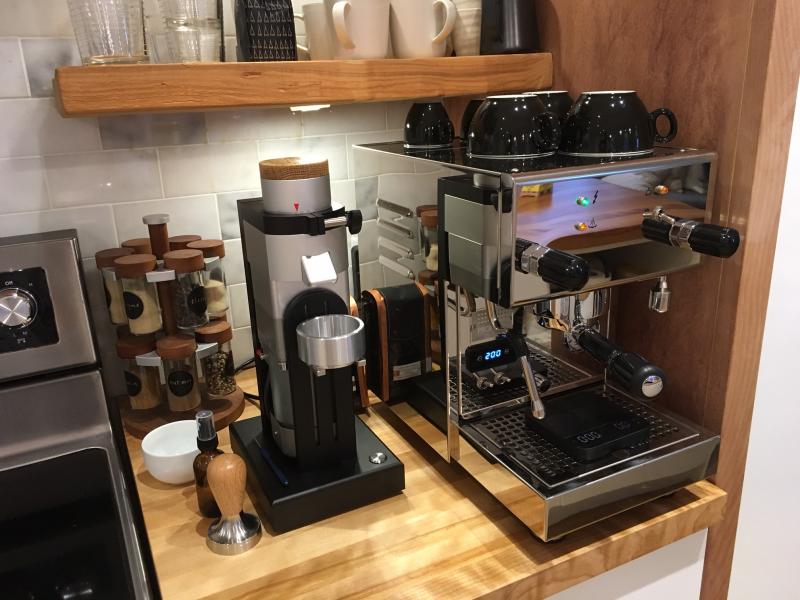What to Look for in a Home Espresso Machine

When it comes to features of a home espresso machine, there are plenty of doodads and knick knacks. Figuring important features of the machine could be a real challenge. However, you certainly wish to know what you are buying, especially when you are investing hundreds of dollars in the new coffee gear. Let’s take a look at common features and find out how they impact the coffee quality and the making process.
Pressurization method
A primary home espresso machine can be found in two types: pump-powered and steam-powered. While steam-powered machines are low-priced, they come with subpar pressure. You will face difficulty in pulling balanced and rich shots when preparing your coffee. On the other side, pump-powered espressos are fairly consistent and offer more control over brewing.
Automation and shot pulling
You may want to determine the amount of control you want for each shot. Here, you have three types of machines:
- Semi-automatic – It lets you start and stop the shots by pulling levers or pressing buttons. You have total control over the grind setting and the time length for pulling the shot.
- Automatic – Here you can start the shot, but it is the machine that stops the shot after a certain time. While you have control over the grind, you can’t stop the shot.
- Super automatic – In this case, the machine does everything. It grinds the coffee, pulls the shots and steams the milk. Users have no control on anything. All you can do is pick the bean, and the machine will do the job.

Having too much control over the shot could be daunting as well as frustrating at time. However, if you wish to savor rich flavors of espresso, then a semi-automatic machine is the right choice.
Electronic displays
Most of the machines come with the temperature gauge and without displays. These machines don’t let you know the pressure and the pulling shot time. Although such machines are less expensive, you will find it harder without built-in display tools. It is convenient to have built-in displays, but they are not necessary for great coffees. Still, spending a little more on that functionality is advised provided that price difference is not too much.
Steam wands
Steamed milk has to be smooth, creamy and of the right temperature. Obviously, you need a wand that could bring you that and not just milk that is crazy hot and super bubbly. Look for a home espresso machine with a steam wand that can be manually controlled, has 2 to 4 steam holes and swivels around to provide the best angle for steaming.
Plumbing vs. water reservoir
Connecting the machine to the water line is really convenient. You don’t need to be concerned of running out of water or burning the espresso as the water line feeds the machine. However, many folks lack space and the setup for plumbing for the espresso. In such cases, a water reservoir is a sensible option because they can be moved anywhere in your cooking area. Also, they are less expensive and easy to set up.
Portafilter size
Many low-end coffee machines have smaller portafilters to yield 14 to 17 grams of espresso. Large portafilters, on the other hand, lets you pull bigger shots; this means potentially adding more caffeine. You have more room for dialing in flavor. Also, you can split the shot into two drinks for two people.
Bottom line
With thorough assessment, choosing the right home espresso machine matching your needs and specifics becomes easy.

